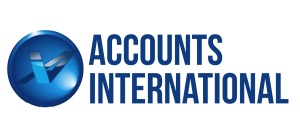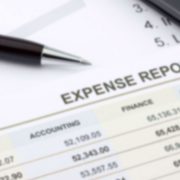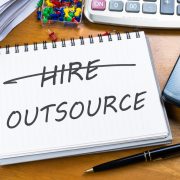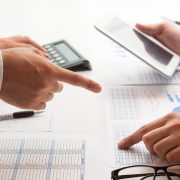Anatomy of a Balance Sheet
The Balance Sheet is the core financial statement of any business. It’s a “snapshot” in time of your company’s health; it provides information at a specific date such as December 31, 2015. However, the Balance Sheet does not state how you used your company’s assets or how the business arrived at its current position. Instead, additional financial statements use the information on the Balance Sheet to analyze the information presented. For example, the Income Statement uses the information provided on the Balance Sheet to determine how a company used assets to generate income.
The Balance Sheet consists of the following basic categories:
- Assets.This category lists cash, accounts and notes receivable, inventories, short-term investments and marketable securities, prepaid expenses, and other current assets. This category also lists land, buildings, machinery, and equipment.
- Liabilities.Liabilities are your company’s debts. This category lists accounts payable, notes payable, income taxes currently payable, current portion of long-term debt, and other current liabilities. Additional items listed in this section of the balance sheet include long-term debt, capital lease obligations, deferred income taxes, and other long-term liabilities.
- Owner’s Equity.Also known as net worth, owner’s equity is the difference between your assets and your liabilities, and gives you the value of your business at a particular point in time.2
While the Balance Sheet does not show how you generated income, the Balance Sheet can help you analyze trends in your company. For example, are the receivable and payable cycles becoming longer or shorter? Are you heading toward a cash shortage? The balance sheet can also tell you if your company is in a position to expand. Banks, vendors, and investors will also look at your company’s balance sheet to determine credit and loan worthiness.
However, you can only create your balance sheet after you make the necessary adjusting journal entries, post the journal entries to the general ledger, determine period totals, and create a trial balance sheet. The Balance Sheet requires information from different sources from your accounting records and it is the source for the majority of information about your company’s current stability, worth, and profitability. In addition, it is the source for all additional financial statements about your business.















Leave a Reply
Want to join the discussion?Feel free to contribute!